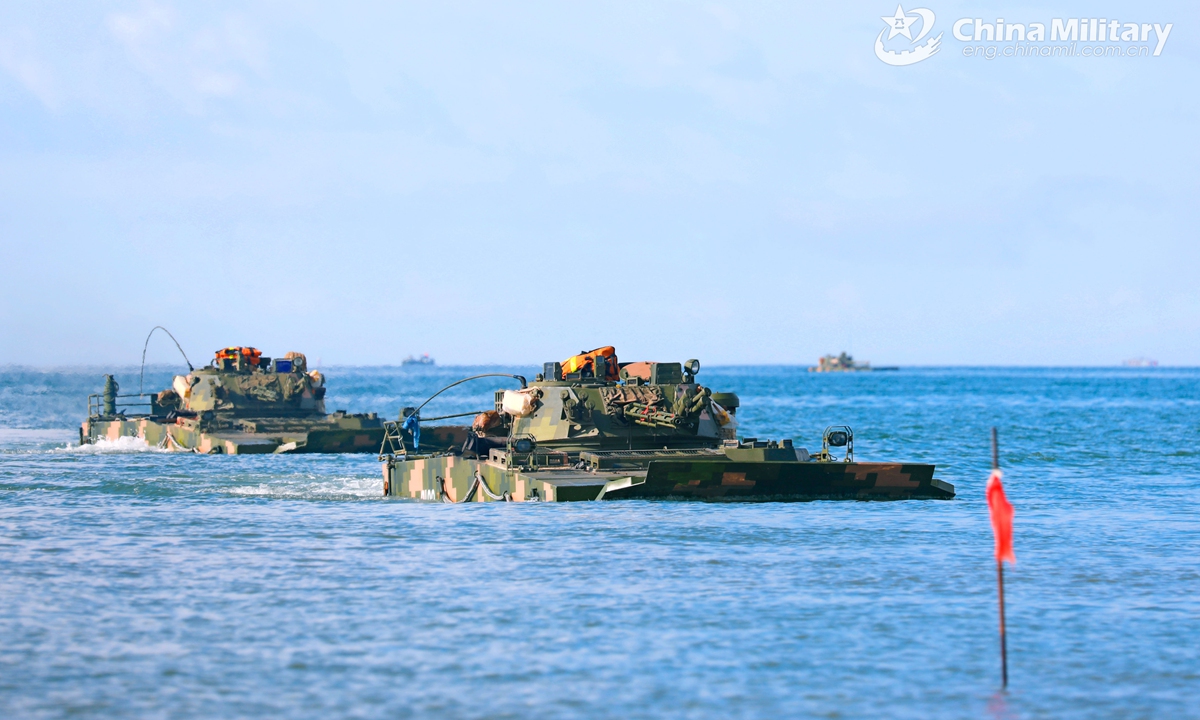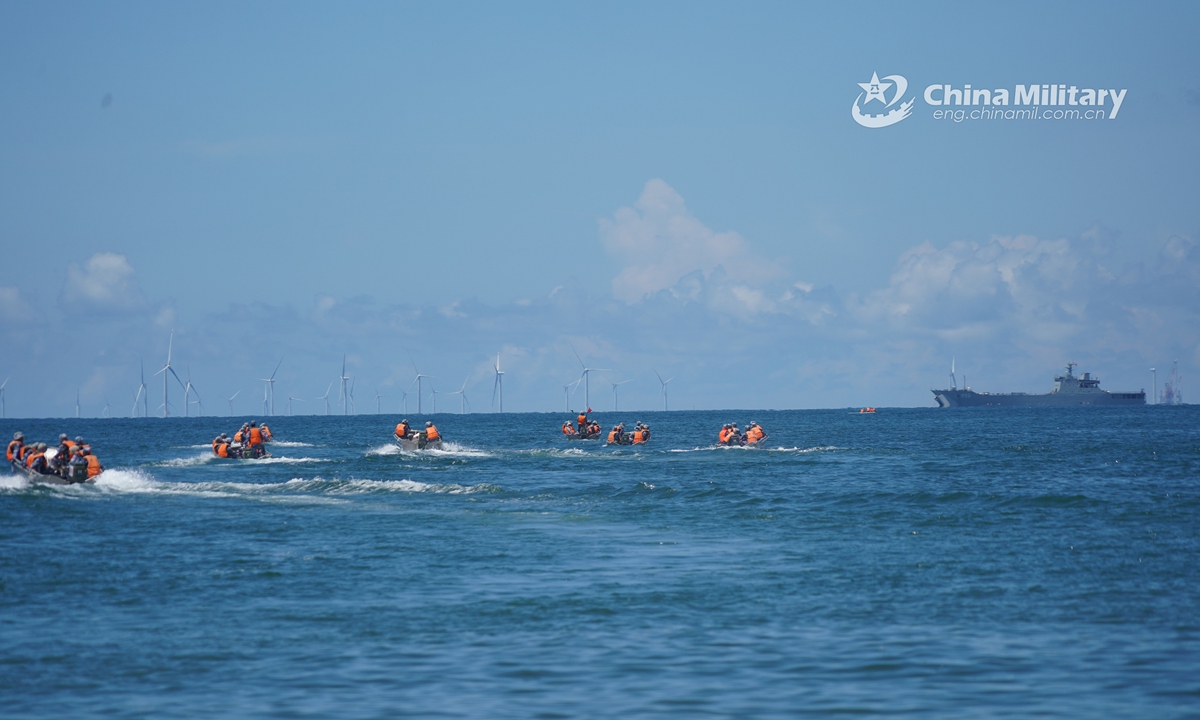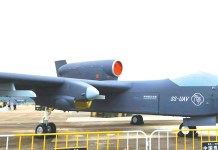US President Joe Biden and Chinese President Xi Jinping are set to hold a virtual summit on Monday as tensions between the two countries have been on the rise over Taiwan, arms control, and human rights, among other issues.
‘World’s Most UnLoved Country’ – Why China’s Likability Factor Is Dropping Even With Key Allies Like Russia, Pakistan?
No major deliverables are expected out of the meeting, but the two leaders are likely to discuss tensions involving Taiwan, Hong Kong, trade tariffs, arms control, visa restrictions and Xinjiang, Politico reported last week citing a US official. There is also a possibility that the two leaders may establish a framework that could ease tensions between the two countries, according to the report.
“The two leaders will discuss ways to responsibly manage the competition between the United States and the PRC [China], as well as ways to work together where our interests align,” White House Press Secretary Jen Psaki said in a statement on Friday. “Throughout, President Biden will make clear US intentions and priorities and be clear and candid about our concerns with the PRC.
The Biden administration has many times said China is the United States’ greatest challenge in the 21st Century due to its growing military and economy, a notion reinforced by US military chief Mark Milley in a speech last week who referred to Beijing as America’s top geostrategic threat.
What is likely to be near the top of the agenda is preventing a military confrontation over Taiwan and the South China Sea. China recently flew numerous military aircraft near Taiwan in a show of force and the United States has conducted several military drills with partners in the region.
The Biden administration has also expressed concern over China’s test of a hypersonic missile earlier this month that circled the world before heading towards its target, which it missed. China denied reports that it tested a hypersonic missile and said it was a test of a suborbital space vehicle.
China, for its part, may express its concerns about the United States’ military activity in the South China Sea and its cooperation with Taiwan, including the recently announced AUKUS defense pact meant to oversee the Indo-Pacific region.
Recently, the Taiwanese defense ministry said that China’s armed forces are capable of blockading the island’s key harbors and airports. The ministry was offering its latest assessment of what it has described as a “grave” military threat posed by Beijing.
The statement has highlighted how China’s “gray zone warfare” – barely falling short of an actual confrontation – has the potential to erode the region’s resistance to Beijing’s authoritarian rule from the grassroots level.
What Is A Gray Zone War?
The US Special Operations Command defines gray zone as “competitive interactions among and within state and non-state actors that fall between the traditional war and peace duality”. Operations conducted within such a zone remain below the threshold of an assault that would legitimately warrant a conventional military response.
In the past, grey zones have been used as a military strategy in proxy wars and low-intensity conflicts. Sponsoring non-state players to achieve certain goals also falls within the realm of gray zone tactics. However, this old approach has now appeared in a new avatar due to the advances in technology.
With the advent of economic globalization and the prevalence of social media, the “gray zone” warfare extends to tactics such as blocking a country’s essential foreign trade, spreading disinformation, etc. Cyber-attacks, subverting democratic institutions, propagating fake news, and destroying social cohesion are becoming common in this gray zone battlefield.

China’s gray tactics with Taiwan can be seen on two levels: military pressure and online disinformation campaigns. There is also the threat of potential economic stifling.
Taiwan In Troubled Waters
Taiwan’s defense ministry accused China of initiating gray zone warfare against the island territory in a report that it publishes every two years.
The report highlighted that between September 2020 and August-end this year, there were 554 “intrusions” by the Chinese People’s Liberation Army’s (PLA) fighter planes and bombers into its southwestern theater of air defense identification zone (ADIZ). Taipei views these continuous incursions as a strategy of harassment.
52 PLA aircraft (J-16*34, SU-30*2 Y-8 ASW*2, KJ-500 AEW&C*2 and H-6*12) entered #Taiwan’s southwest ADIZ on October 4, 2021. Please check our official website for more information: https://t.co/2mC6UszTMB pic.twitter.com/WOtdFvJx8o
— 國防部 Ministry of National Defense, R.O.C. ?? (@MoNDefense) October 4, 2021
Constant sorties around Taiwanese airspace, according to military analysts, are a tactic aimed at exhausting Taiwan into submission, Reuters had reported last year. The defense ministry noted that this move is intended to consume Taiwan’s combat power and hurt morale.
Along with building military pressure on the island territory, China has also been accused of interfering in Taiwan’s elections by spreading disinformation on social media on a large scale. While hackers and bots are spreading fake news and propaganda through Facebook, Weibo, Line, etc., pro-China magnates are buying media outlets in Taiwan, thus giving Beijing increased control over Taiwanese media.

Then there is the potential threat of a blockade. Taiwan’s defense ministry had said, “[a]t present, the PLA is capable of performing local joint blockade against our critical harbors, airports, and outbound flight routes, to cut off our air and sea lines of communication and impact the flow of our military supplies and logistic resources”.
Potential Siege Via Blockade
The National Interest speculated that to go ahead with this blockading plan, China could start employing “ramming and obstruction tactics with specialized low-cost, high durability ships, before escalating to the employment of dangerous but non-kinetic weapons.”
At a strategically important time, China can then go on to enhance the blockade by cutting off all access by air and sea. With its industries and infrastructure facing an economic and military threat, and with access to outside help cut off, the island state will probably be forced to accept a political solution equivalent to surrender.

Taiwan will also not be able to rely much on its allies using force to break the blockade. It is politically unwise for western states to engage in a direct military confrontation against a huge power like China. Even if they could, Beijing has the advantage of distance.
That, along with China’s land-based weapons would make it very hard for the US Navy to sustain its fleet near Taiwan. The advantage of distance also means that China will have a large volume of missiles, drones, small ships, and conventional aircraft at its disposal.
Easier Said Than Done?
Beijing has strong incentives to take over Taipei. “Unifying” Taiwan with the mainland would be a major boost to the Communist Party’s prestige at home. Not only would it give China a strong foothold in the first island chain which runs through a bunch of islands from the Japanese archipelago to Taiwan, the Philippines, and Borneo, but would also remove the island as a proposed model of a democratic alternative to the Party’s authoritarian rule.
The strategic position that the communist country would gain in Asia would undermine the security of Japan and South Korea while enabling China to display its power into the Western Pacific.
However, Taiwan isn’t waiting to be conquered, It plans on resisting China’s attempt to “seize Taiwan swiftly whilst denying foreign interventions”, by investing in “asymmetric warfare” to make any attack as difficult and costly for China as possible — a watered-down version of the mutually assured destruction doctrine.
Equipping itself to be able to carry out precision strikes by long-range missiles on targets in China and deploying coastal minefields in addition to boosting reserve training are all part of this enhanced effort in building asymmetric warfare capacities.
Military strategists told Reuters that the gray-zone strategy could rain down on Taipei’s resistance – or, it could fall short, perhaps even backfire and lead to the strengthening of the island’s resolve.
- Written by Shreya Mundhra/EurAsian Times Desk
- Contact the author at: shreyya.mundhra@gmail.com
- Follow EurAsian Times on Google News




